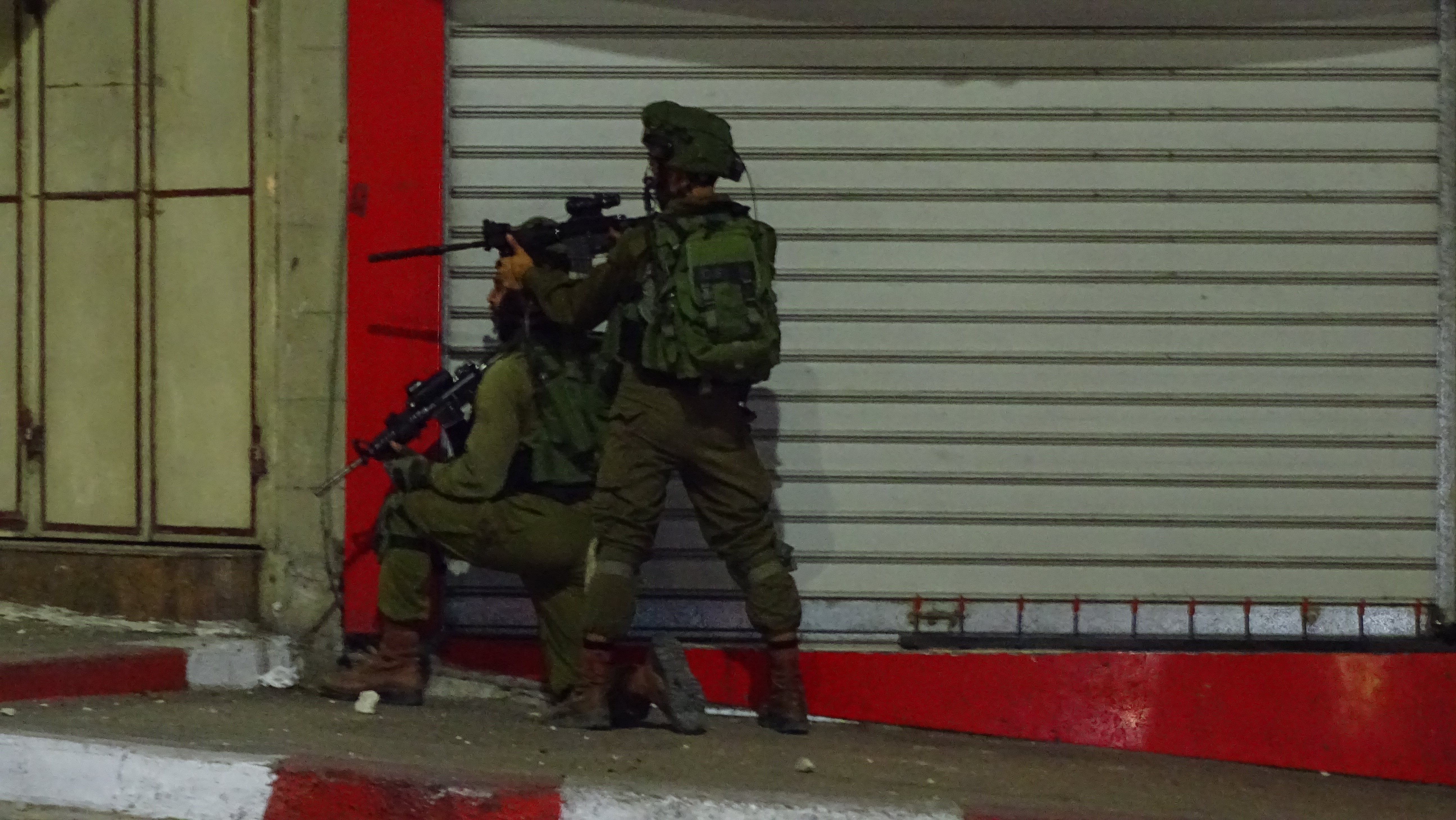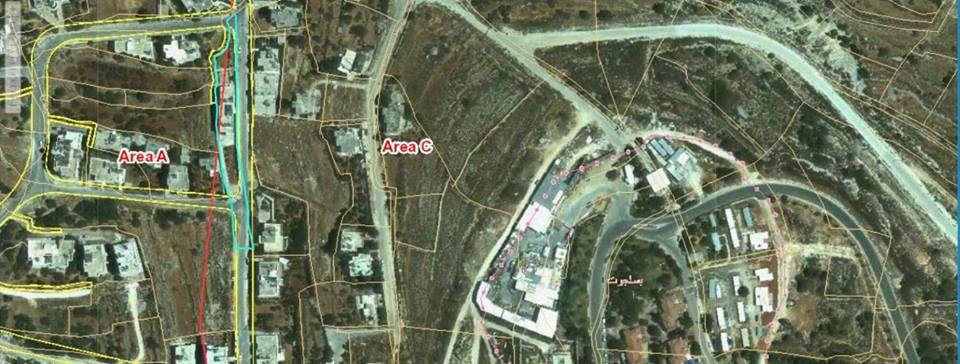Category: Ramallah
-
A call for solidarity from Kufr Aqab
24st November 2017 | International Solidarity Movement, Nablus team | Nablus, Occupied Palestine Six residential buildings in the Kufr Aqab neighbourhood in Jerusalem are currently facing demolition orders by Israeli authorities. The neighbourhood is the northernmost part of Jerusalem but is separated from the rest of Jerusalem by the Apartheid Wall. Most of the residents…
-
Israeli Forces closed media production companies in Bethlehem, Ramallah, Hebron and Nablus last Wednesday night.
18th October 2017 | International Solidarity Movement, Nablus team | Nablus, Occupied Palestine The army raided the Pal Media and Trans Media headquarters in Ramallah and seized their equipment and video material. Also other companies and branches of the two companies in Nablus, Bethlehem and Hebron were raided the same night. Soldiers closed the entrances…
-
Israeli forces threaten Palestinian families with house demolitions
7th April 2017 | International Solidarity Movement, Ramallah team | al-Bireh, occupied Palestine On 5th April, 2017, Israeli forces told Abbas Qar’an and his family that their home in al-Bireh was going to be demolished. The homes of two other anti-occupation activists in the area recieved similar threats. ISM activists met with Abbas, the son of…



